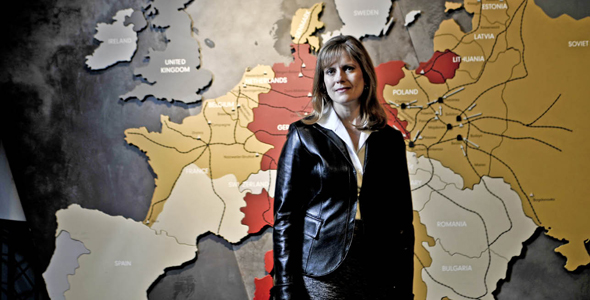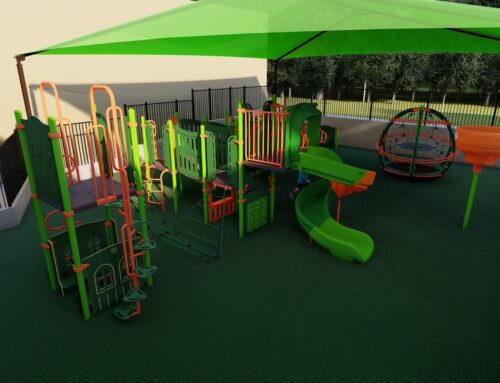Mary Pat Higgins worked as The Hockaday School’s chief financial officer for 22 years before recently accepting a position as president and CEO of the Dallas Holocaust Museum–Center for Education and Tolerance. We talk with Higgins about how she’ll use her experience to be an advocate for tolerance and educate the city’s youth when she officially becomes the museum’s leader Jan. 1.
What did you do as chief financial officer and associate head at Hockaday?
My functions were to oversee all the business operations, so everything non-academic like development, external affairs and admissions.
When did you become a board member at the museum?
Two years ago after I met Thomas Halsey, the board chairman at the time. Tom contacted me about going over some information about our endowments at Hockaday, and later asked if I would consider joining the board. It was a cause I was very interested in and passionate about — advocating for education. Most importantly I want the schoolchildren that live in our neighborhood to know about the Holocaust so they won’t forget it. Something this museum hasn’t done much of is focus on more modern day examples of prejudice, but what drew me in was to really impact people in the Dallas community to stand up when they see something unjust happening.
Was it difficult for you to accept this position?
It’s been very invigorating and exciting. I’ve been at Hockaday for 22 years and I went to work there when I was 26 years old. They are sort of like my family. There are people at Hockaday that have worked there for almost 50 years, and it’s kind of hard to leave that.
Are you nervous about taking on more responsibility with your new role?
Yes, but I think it’s good to be a little afraid. To be impactful, the museum needs a bigger space. It really is critical for the museum to raise money to have a permanent home. I will have a lot of pressure to raise that money. My role as president will be to support the board. A lot of the nonprofits in the entertainment section are all struggling with the economy. The number of admissions at museum has decreased. It will really be a challenge. Hockaday is very established; it will be 100 years old next year. They have a very fixed and established business model. It’s scary to move to an organization with a much smaller staff and financial resources.
What are you looking to do with the space?
This is 5,000-square-foot rental space. The museum moved here in 2005, and the board leadership has been thinking about a bigger building for three or four years. The museum’s vision is not to be huge, but to be a building that will add distinction to the city. Also to be large enough to have a couple classroom spaces so when teachers come down and bring their students, they have more time to help them really learn about what they saw.
Can you talk more about the spatial issue?
The schematic design was done probably about five years ago and needs to be revisited — what space do we really need and how big it needs to be. That’s something I had a lot of experience with at Hockaday. We went through the complete architectural phase for a building called the Centennial Center. I worked with architects, contractors, the board and the faculty to develop plans for that building. Hockaday is on the cusp of starting that construction hopefully next year.
What is your favorite aspect of the museum?
Having the survivors come here and talk about their personal experiences. It makes it so real. What worries me is that they are aging — I mean it happened 70 years ago. I admire the speakers so much because they come down here multiple times a month and speak to teenagers. What is also admirable is I’ve heard three of them now tell their stories, but from positions of hope. I think so many of them were so grateful to have another chance at life. They have been so resilient. We need to figure out how to best convey their messages when they are gone.
How will you balance working here and not going home full of … ?
Despair?
Yes.
I think what will help is that the survivors are the most positive people and are not mired in the past. If I focus on the good we can do, then I think we can be OK. With my two boys, I’ve tried more than anything to teach them to be kind, good people [teary-eyed]. I think that is what really encourages me. Tolerance is almost really not enough. Somehow we have to change society where bullies don’t get to dominate the world. One of my biggest challenges is how to find the right path to have some exhibits about modern day acts of injustice and prejudice without detracting from our central mission.






